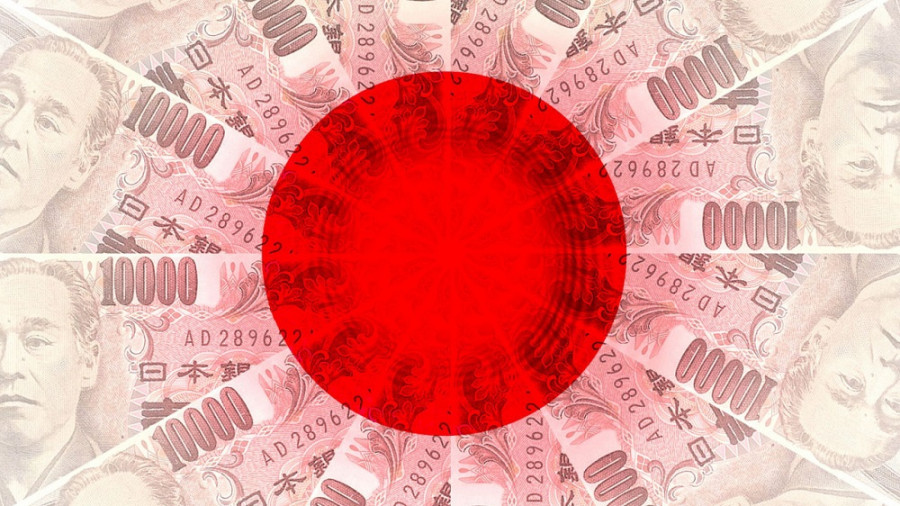In mid-September, the USD/JPY pair hit a 2.5-month low at 139.60, then reversed to climb over 1,500 points, reaching 156.76 last week. A notable 250-pip correction followed this rally. This week, the pair has shown mixed dynamics: Wednesday's 130-pip gain was offset by a 100-pip decline on Thursday. Traders are struggling to find a clear direction amid an ambiguous fundamental backdrop.

Over recent weeks, USD/JPY has surged amid major political events in Japan and the U.S. Following the results of the snap parliamentary elections in Japan, the ruling Liberal Democratic Party delivered unexpectedly weak results in snap parliamentary elections, leaving Prime Minister Shigeru Ishiba close to resignation. This political crisis coincided with the U.S. presidential election, where Donald Trump emerged victorious. In this "perfect storm," the pair rose by 1,500 points. However, last week's rally lost steam as the initial "Trump effect" waned, and Ishiba was re-elected as Japan's prime minister.
With political turbulence subsiding, attention has returned to classic fundamental factors, particularly the divergence between the Bank of Japan and the Federal Reserve. The baseline scenario of the December meeting of the Fed assumes a 5-basis-point rate cut (51% probability). An alternative scenario is that rates remain unchanged (49% probability). That is, the Fed rate will either be lowered, or the U.S. central bank will press pause.
The baseline scenario for the BOJ's December meeting is to maintain a wait-and-see attitude. The alternative scenario is to raise the interest rate.
In other words, even the base scenarios favor USD/JPY sellers.
In late October, the BOJ left monetary policy unchanged but signaled another rate hike could be on the horizon. The central bank's quarterly forecast expects inflation to remain around 2% "in the coming years" and forecasts a 2.5% consumer price index (CPI) by the end of the fiscal year in March.
BOJ Governor Kazuo Ueda expressed concern about inflation risks at a recent press conference, noting that businesses are increasingly willing to raise wages and prices. He emphasized that the BOJ will continue adjusting its monetary easing to achieve its economic and price projections.
In this context, Japan's inflation data will be crucial. If key indicators accelerate again, the likelihood of a December rate hike will increase, potentially pushing USD/JPY sharply lower into the 151-152 range. Conversely, the yen could come under significant pressure if inflation slows further.
Japan's October inflation data will be released on November 22 during the Asian session). According to preliminary forecasts, the Headline CPI is expected to drop to 2.2%, the weakest pace since January 2024. If the indicator is at the forecast level (or in the red zone), the downward trend will be recorded for the second month. Core CPI (excluding fresh food) is expected to fall to 2.2% (the weakest growth rate since April this year). This would mark the second consecutive month of decline after a four-month growth streak from May to August.
As we can see, preliminary forecasts do not favor the yen. But if contrary to forecasts, inflation in Japan accelerates again (especially if core CPI accelerates), the USD/JPY sellers may intensify their efforts.
With such uncertainty, a wait-and-see approach may be prudent. The upcoming inflation report could trigger significant volatility in the pair, but the price's direction will depend on the release outcome.
From a technical perspective, USD/JPY has been trading between the middle and upper Bollinger Bands since last Friday, within the 153.60–156.20 range. If the bears overcome the lower limit of the range, the next target of the downward movement will be the 151.20 mark, the lower Bollinger Band on the daily chart. Conversely, a break above 156.20 could lead to 159.00, the upper Bollinger Band on the weekly chart.
The material has been provided by InstaForex Company - www.instaforex.com #














 Download NOW!
Download NOW!
No comments:
Post a Comment